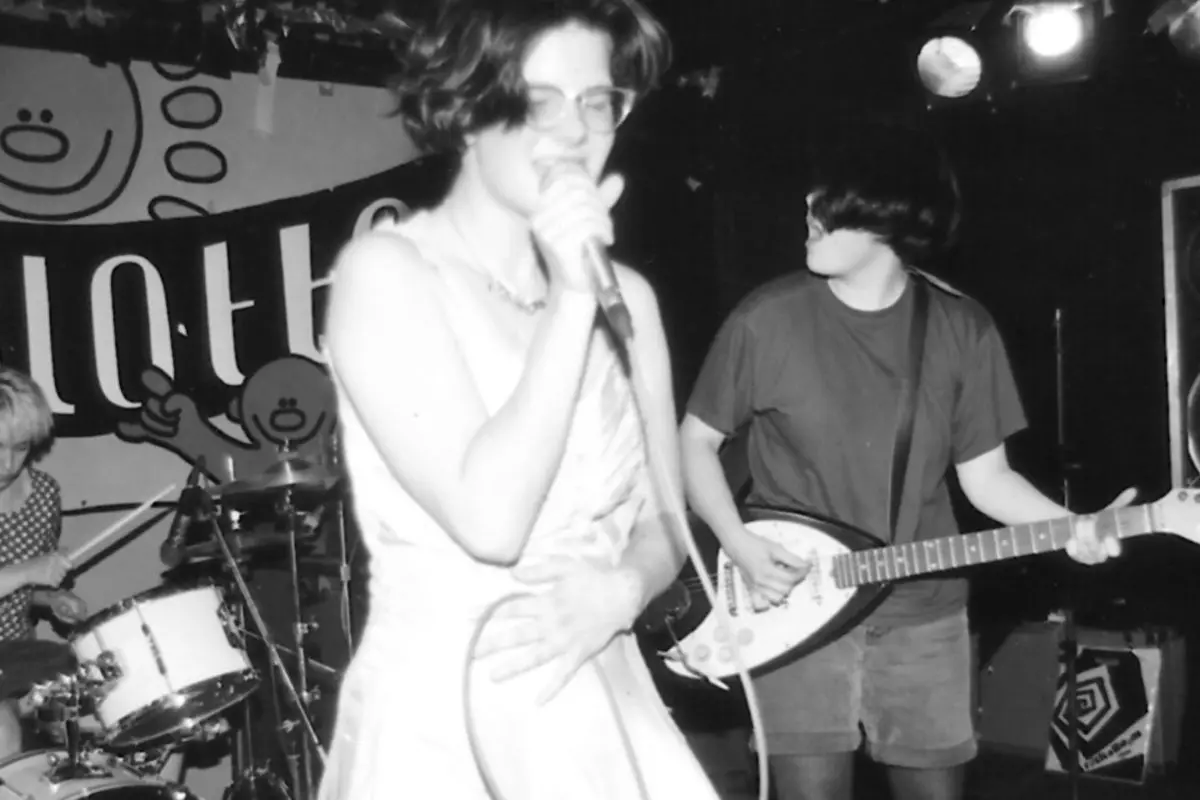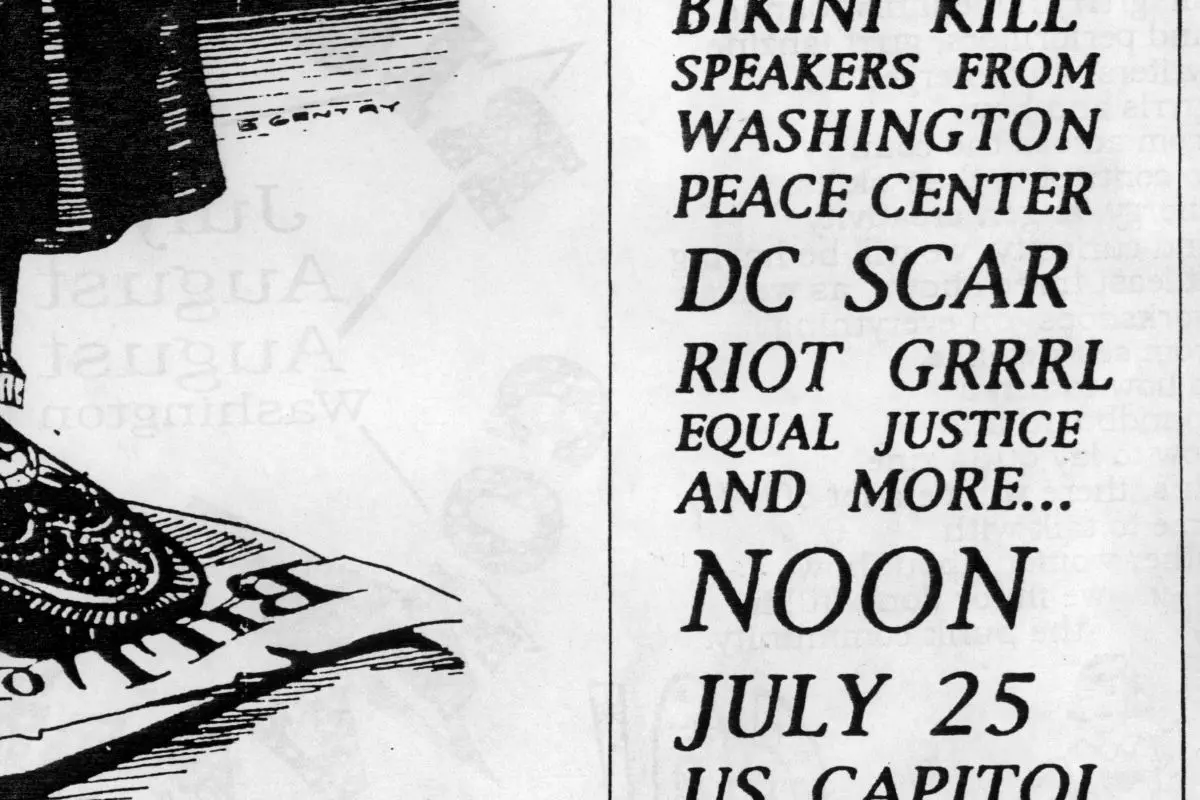The riot grrrls movement was a feminist punk rock movement that began in the late 1980s and early 1990s.
The riot grrrls movement started in New York City in 1987. At the time, the city was experiencing a wave of feminism and women’s rights activism.
This led to the formation of the Riot Grrrls, a group of young women who wanted to create their own music and art scene.
They also protested against sexism and misogyny.
Riot grrrls were a part of the punk rock movement, which emerged in the 1970s. Their style was influenced by bands such as Bikini Kill, L7, and Bratmobile.
In addition to music, they created zines (a type of magazine) and performed at shows.
In 1992, the first riot grrrl festival took place in Olympia, Washington. It attracted more than 10,000 people from all over North America.
Since then, there have been many other festivals around the world.
Why the Name Riot Grrrl?
One of the founders of the riot grrrls movement, Kathleen Hanna, explained why she chose this name:
“I think it is important for us to reclaim our language. I am tired of being called a girl or a woman. We are not girls anymore; we are women. And if you call me a girl again, I will slap you.”
Hanna continued: “We want to be strong enough to say no to men who try to control us. We don’t need your approval. We don’t need your money. We are not going to put up with your sexist bullshit any longer.”

Who Were The Riots Grrrls?
The riot grrrl movement had its roots in New York City. Its members included Kathleen Hanna, Sarah Schulman, Julie Cafritz, Tobi Vail, and Kathi Kamen Goldmark.
They formed the band Bikini Kill in 1989. This band became one of the most popular riot grrrl groups.
They released two albums, including the critically acclaimed Pussy Whipped in 1991. Both records received positive reviews.
Bikini Kill disbanded in 1993. Afterward, some of the riot grrrl musicians went on to form Le Tigre.
Other riot grrrl groups include Bratmobile, Heavens to Betsy, Huggy Bear, Slant 6, and Team Dresch.
How Did The Riot Grrrls Start?
In the summer of 1987, Kathleen Hanna met her future husband, David Thorne, while working at a record store. She was 16 years old and he was 18.
After meeting, they decided to start a band together. They named themselves Bikini Kill after Hanna’s favorite swimsuit.
In 1988, Hanna moved to Seattle, where she joined forces with another musician, Tobi Vail. Together, they founded Bikini Kill.
After releasing their first album, the band quickly gained popularity. They played at several venues in New York and toured across the country.
In the fall of 1989, Hanna and Vail traveled to London. There, they participated in the Big Chill Festival.
During the trip, Hanna and Vail met Julie Cafritz. Cafritz was already living in London and working as an artist. Soon, she would become a founding member of the riot grrrls.
Also during that year, Hanna and Vail returned home to Seattle. The three friends began writing songs together.
In 1990, the trio recorded their second album, titled Pussy Whipped. The album was well-received by critics.
That same year, the riot grrrls performed at the CMJ Music Marathon in New York City.
In August 1991, the group released their third album, titled Kicking Television. The album also received critical acclaim.
That same month, Hanna married David Thorne.

What Happened Next?
In September 1991, the riot grrrl movement exploded into action when Hanna and Vail appeared on MTV Unplugged.
During the performance, the two women sang about sexism, sexual harassment, and violence against women.
Their song was entitled “Kill Your Boyfriend.” In the lyrics, they asked: “Can you kill your boyfriend/ Can you kill your mommy/ Can you kill your daddy/ Can you kill your sister?”
Hanna explained: “I think it’s important for people to know what we were talking about. It wasn’t just about being angry or political. It was about being able to talk about our lives and how hard it is to be a girl.”
The video for “Kill Your Boyfriends” was controversial because it showed scenes of domestic abuse.
Hanna said: “It was really scary for us to see this stuff happen in front of our eyes. We felt like we had to do something about it.”
The riot grrrls made headlines again when they announced plans to perform at the 1992 Democratic National Convention. However, the event was canceled due to security concerns.
How Did It End?
By the mid-1990s, the movement had died out. Some reasons for this include:
The emergence of grunge and alternative rock music in the 1990s. These genres were less political than punk rock.
A lack of female role models in popular culture. For example, in the 2000 film Bring It On, cheerleaders are portrayed as heroines.
A backlash against feminism. Many men felt threatened by feminism because it challenged traditional gender roles.
However, some believe that the movement is still alive today.

Why Do We Need to Know About The Riot Grrrls?
We need to know about the riots grrrls because they represent an important moment in history when feminism was not only accepted but celebrated.
We can learn from them how to challenge stereotypes and change attitudes towards women.
We can use what happened during the riot grrrls to help us understand why so few women work in science, technology, engineering, and mathematics (STEM).
We can use what happened during riot grrrls to encourage girls to consider careers in STEM.
We can use the riot grrrls’ legacy to inspire others to fight for equality.
Final Thoughts
The riot grrrls have left behind many valuable lessons. They helped to show that feminism is more than just fighting for equal rights. Feminism should be about changing society and making things better.
They showed that feminism is about more than just being a woman.
They showed that feminists don’t always agree with each other. This is because everyone has different experiences and opinions.
They showed that there is no one way to be a feminist. There are many ways to be a feminist.
